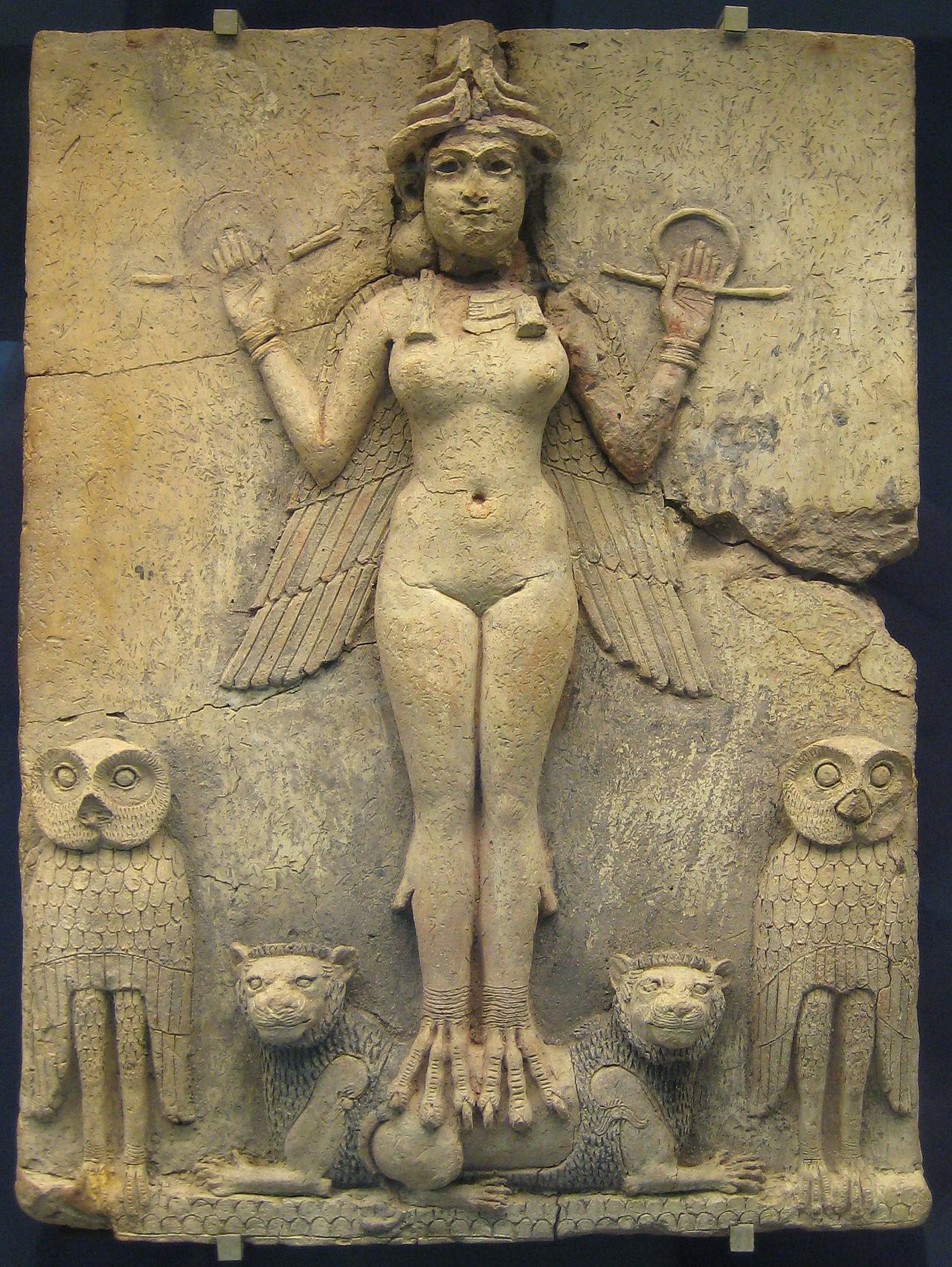I was lucky to have purchased a beautiful edition of The Natural History of Selborne, the 1988 Century edition with good, heavy stock in the paper and plenty of illustrations and woodcuts. I read it in advance of the Dr Johnson Reading Circle’s read of Gilbert White’s biography, a man who I’d never heard of before his biography was on the reading list, so I read his book.
I hadn’t realised what a ‘thing’ this book was, how influential to nature writing in general, or how important to the development of the latter Victorian ideal of innocent rural life. That Virginia Woolf, Coleridge, Charles Darwin and Thomas Bewick (whose biography the book group read at the beginning of the year) were all hugely touched by the book. It’s even mentioned in a Roald Dahl story and cited by David Attenborough as something that lead him to attend the natural world. I hadn’t heard of it.
The book is structured as a series of letters between Gilbert White and two different correspondents, Thomas Pennant (author of the guidebook to Scotland that Samuel Johnson took with him) and Daines Barrington. Interestingly, the letters were heavily edited, with a number never sent, some split apart, merged and added to and many of the dates changed. To be honest, I’m not sure why White carried on the letter conceit, especially as he changes from one recipient to another. Why doesn’t he invent a fictional recipient to all the letters? However, as a result, the book starts off with a sweep around the parish of Selborne itself, charts the animal (especially bird) life that flows through it and then towards the end opens the parish out to how it is effected by global systems such as the weather - especially a non-summer after an Icelandic volcano erupts.
I’m quite fond of nature and I enjoy watching birds (though am no birdwatcher) but I have always lived in large towns or cities of varying size, with much of my adult life being spent in London. I simply do not have much of a connection to a rural life, which meant that there were parts of the book (especially those about coppicing and rural common-land rights) that meant absolutely nothing to me. However, those bits that went over my head still managed to be soothing and pleasant to read, with the promise of some interesting anecdote to come.
White is very interested in birds, the hirundines especially. These are birds like the house martin, the swift and swallow. When I was a kid, our road had house martins and I also have a fondness for them. The big question of the day was, do they migrate or hibernate? Samuel Johnson followed Aristotle’s view that they buried themselves under mud and slept the winter away. Gilbert White was inclined to think the birds migrated but it was actually his observations, particularly of swifts that appeared for a sunny day, disappeared when the weather got nasty and then reappeared when the weather grew nice again that changed his mind. He ended up at the wrong conclusion but he reached it fairly.
If anything, its White’s sympathy with the natural world, together with his close observation that makes the book the classic it has become. He reminds other naturalists that animals are motivated by more than food, that they may act for love as well, for the protection of their children. He notes birds hovering to block the sun from their chicks and of swifts and swallows gambolling and playing in the sky for fun. He describes the movement of birds so well, that jumpy flight of sparrows, the sweep of swifts, the fluttery quality of magpies and pigeons and the hovering of kestrels. There’s a lovely bit where he goes out with a pitch pipe to record the note that owls hoot at.
His close observation also produces the first description of field mice as distinct from house mice and of a number of different warblers. He makes the various birds, bugs and rodents come alive in his writing, which is ironic because many animals were shot in the making of this book. It would seem that those who lived in the parish knew his interests and would shoot unusual species so he could dissect them, especially to examine their beaks to see what it was they ate. He may have been the first to mention field mice, but many field mouse nests were removed with their little babies shook inside it like a maraca to get the information.
There’s also a horrific story about a farmer catching a sparrow hawk that was attacking his hens, who he mutilated and then gave to the hens to peck apart, rather like the particicution scene in The Handmaid’s Tale. This is without mentioning the racist chapter about gypsies or the chapter about the ‘idiot boy’ with a fondness for bees, which ends with White wishing the boy had been a bit cleverer because he might have helped bee research. He also shames a tortoise for its lethargic lifestyle.
In some ways this book is a bit of a mystery, how could a book so parochial (literally) and idiosyncratic be so influential? It’s hard to pinpoint, but the book manages to be very charming and, in focusing on the eternal drama of animal life, be very timeless. I walk to school and watch the swifts perform the same acts of daring over the houses as he saw over his house and this book encourages new wonder and enjoyment at sights such as these.
(Did you know, a woodpecker lives in the garden of the garret I rent, and that sometimes it gets confused and pecks the tv arial above my room, making a most peculiar ‘boing’ sound?)












